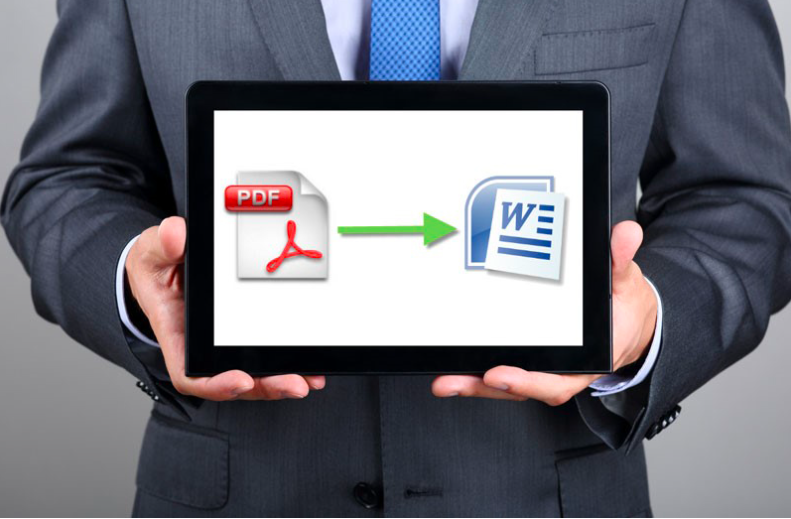Converting PDF files to Word documents is common in many settings, whether for work, school, or personal use. While the process seems straightforward, there are common mistakes that people often make, leading to poorly formatted documents or lost data. This article explores the common errors that occur when converting PDF files to Word and provides tips on how to avoid them.
Contents
1. Choosing the Wrong Tool to Convert PDF to Word
One of the most frequent mistakes is using an incorrect tool to convert PDF to Word. Not all conversion tools are created equal; some may produce poorly formatted documents or lose critical data.
The wrong tool can result in a Word file that is hard to edit, with misplaced text, distorted images, or broken links. It is essential to research and select a reliable tool that maintains the original layout and formatting as closely as possible.
Free online converters may seem convenient, but they often have limitations on file size, quality, and security. To avoid issues related to file conversion, it is advisable to opt for trusted software or a reputable online service.
Adobe states, “It’s quick and easy to convert a PDF into a Word document with the Adobe Acrobat online tool. Drag and drop your PDF, then download the converted Word file.”
2. Not Checking the Converted File for Errors
Many people assume the process is complete after converting a PDF file to a Word document without thoroughly reviewing the converted file. This oversight can lead to using a document with errors that may affect its readability or professionalism.
Common errors in converted files include missing text, altered fonts, misaligned images, or misplaced tables. A quick review can help identify these issues, allowing for timely corrections before the document is used or shared.
Taking a few minutes to check for errors ensures that the converted document meets the necessary standards and serves its intended purpose effectively.
3. Ignoring Security and Privacy Concerns
Another common mistake is overlooking security and privacy issues when converting PDF files online. Many free converters require users to upload their files to the internet, which poses a risk if the document contains sensitive or confidential information.
Failing to consider these security concerns can lead to data breaches, exposing personal or company information to unauthorized access. It is crucial to understand the chosen conversion tool’s privacy policy and security measures.
Whenever possible, using offline software or trusted online platforms that offer secure file handling and encryption can help mitigate these risks and protect sensitive data.
4. Not Preserving the Original Formatting
Preserving the original formatting of a PDF file during conversion is a significant challenge. Often, converted files do not retain the layout, fonts, or colors, resulting in a Word document that looks nothing like the original.
This mistake happens when users do not adjust the settings of the conversion tool or fail to use a tool that supports advanced formatting options. The result is a document that requires significant manual adjustments, wasting time and effort.
Checking the settings before converting and doing a post-conversion review can help ensure that the final document looks professional.
5. Failing to Optimize the Converted Document
Once a PDF is converted to a Word file, users often neglect to optimize the document for easy editing and readability. This oversight can lead to excessive file size, unnecessary blank spaces, or inconsistent formatting.
Optimization involves cleaning up the document by removing unnecessary page breaks, adjusting margins, and ensuring consistent font styles and sizes.
An optimized Word document is easier to work with and share. It ensures that the file is user-friendly, presentable, and retains the integrity of the original content. By being mindful of these factors, users can produce high-quality Word documents that meet their needs without compromising content or security.




